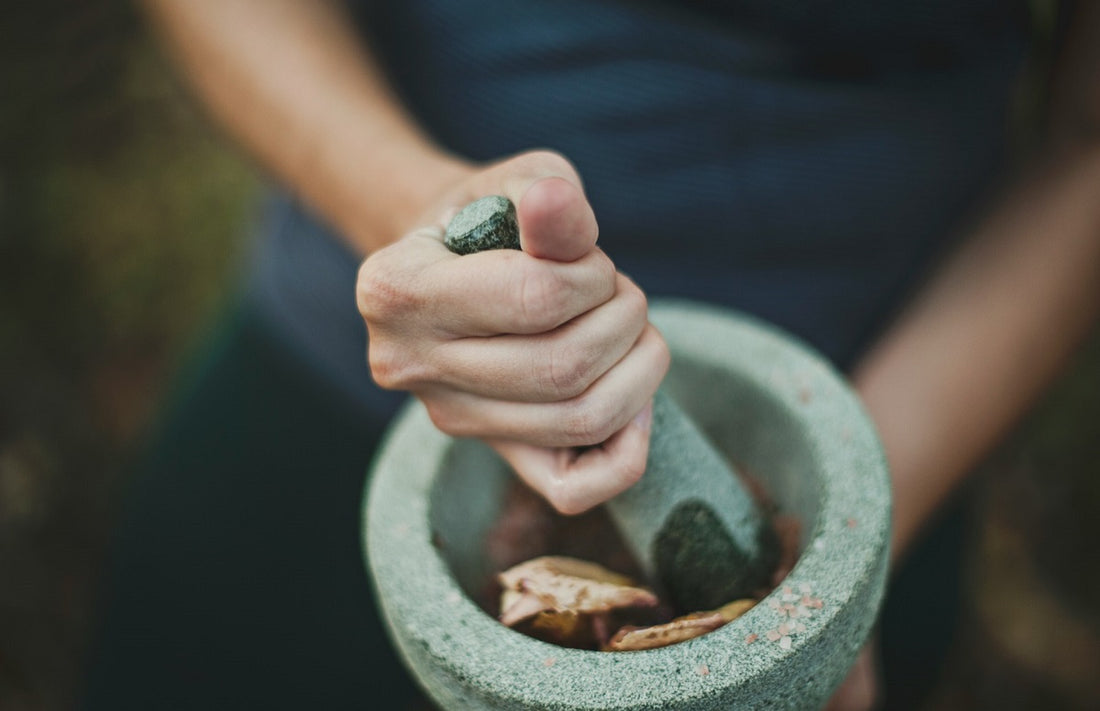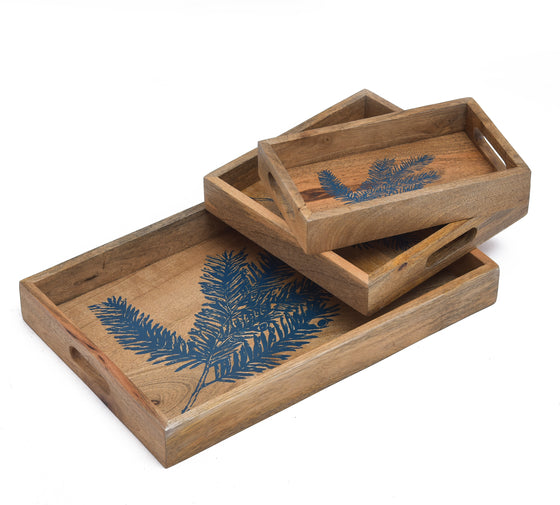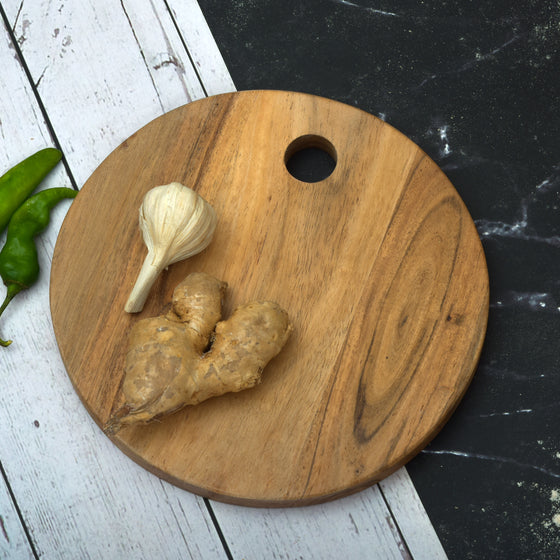Using a Mortar and Pestle Effectively

Mortars and pestles also known as okhali are hand-powered devices used for crushing, grinding, and blending materials. They consist of a strong, heavy bowl (the mortar) along with a blunt club (the pestle). People have utilized mortars and pestles for ages to produce ingredients for medicines, makeup, fabric dyes, and foods. Although most current kitchens choose electric spice grinders and blenders for their speed and ease, mortars and pestles are gaining popularity again as folks shift toward more old-fashioned, natural cooking. Unlike appliances, mortars and pestles provide exceptional control and flexibility for breaking down small volumes of spices, herbs, nuts, seeds, etc. They enable cooks to customize the precise texture they want. With an emphasis on quality over convenience, mortars, and pestles are basic but extremely useful tools. They give home cooks and artisanal chefs a simple method for preparing fresh, flavorful organic ingredients full of essential oils in small batches.
Choosing the Right Mortar and Pestle
When selecting a mortar and pestle, consider the material it’s made from carefully, as this impacts durability, stain resistance, and ease of use.
The hardest materials like granite, marble, and ceramic are best for withstanding years of wear and tear without cracking or absorbing stains and smells.
Marble mortars in particular retain some coolness, which is ideal for grinding spices that can clump when warm.
Granite okhali, while extremely sturdy, is also heavy, so a lighter material like acacia wood can be better for portability.
Acacia wood won't be as enduring as stone but requires less exertion during lengthy grinding sessions.
The shape of the mortar bowl and pestle handle also affect efficiency - a rounded bowl interior allows ingredients better surface contact while grinding.
An ergonomic pestle handle provides superior leverage and control and causes less hand strain with repetitive grinding motion. Consider oval pestles as well for angled scraping of bowl walls to incorporate all ingredients.
Using a Mortar and Pestle in Cooking
Achieving the ideal texture and maximum flavor using a mortar and pestle requires proper technique.
- First, clear your workspace near your cutting board or cooktop to have all the necessary spices, herbs, and ingredients easily within arm's reach. Mortar bowls are relatively small, so focus on grinding small batches at a time rather than overfilling, which makes ingredients hard to break down properly.
- Strategically layer harder items like peppercorns, nuts, or seeds on the bottom of the bowl before topping with lighter herbs, roasted spices, garlic, etc.
- Keep one hand gripped firmly on the base of the mortar to hold it stationary on the counter while using your dominant hand for grinding in a repeated back-and-forth motion. Let the weight of the pestle do most of the work rather than brute, downward force which can crack bowls over time.
- Instead, focus on using a firm but steady circular pressing and twisting grind to slowly break down ingredients. Periodically stop to scrape down the sides of the mortar bowl walls with the pestle. This fully incorporates all ingredients for a consistent mix.
- Pay close attention to the evolving texture and frequently pause to check consistency, adjusting pressure and grinding time accordingly. For example, lightweight spices like cinnamon or cumin require far less grinding time than tougher whole peppercorns or uncooked rice.
- For the best preservation of essential oils and volatile organic compounds, grind whole spices immediately before usage rather than storing powdered spice.
- Lastly, remember to thoroughly wipe clean the mortar, pestle, and any surfaces from residual oils after each use to prevent stains.
Maintenance and Care of Your Mortar and Pestle
Proper maintenance keeps a mortar and pestle in peak functional condition. Clean thoroughly after each use with hot water and a mild detergent using a soft-bristled brush if needed to remove clinging particles, especially strongly colored spices like turmeric.
Allow to completely air dry before storage to prevent the growth of bacteria and mold. Store disassembled with a piece of parchment paper between the pestle and mortar bowl to absorb any residual moisture and prevent scratching the surfaces. When cooling between uses, keep covered to block the absorption of food odors from the kitchen environment which can transfer flavors between grindings. Though tedious, grinding rice until the debris is removed is the best way to minimize stubborn spices and ingredient cross-contamination.
Conclusion
Mortars and pestles are time-tested kitchen tools used for centuries across countless cultures to hand-craft spice rubs, herb blends, pastes, and more from scratch. While reviving old traditions takes patience to master the proper technique, traditional mortar, and pestles provide exceptional flavor and customization compared to electric appliances. Granite okhali and acacia wood okhali are renowned for drawing out the fullest flavors. Consider incorporating an authentic mortar and pestle into your kitchen to connect with heritage cooking while enhancing unique flavors into signature sauces, desserts and signature family recipes prepared fresh by hand, not machine. Oggn Home's wide range of kitchenware connects you with food origins through traditional tools bringing pride, mastery, and richer flavor as unique as each mortar's regional stone and intricate designs.

















